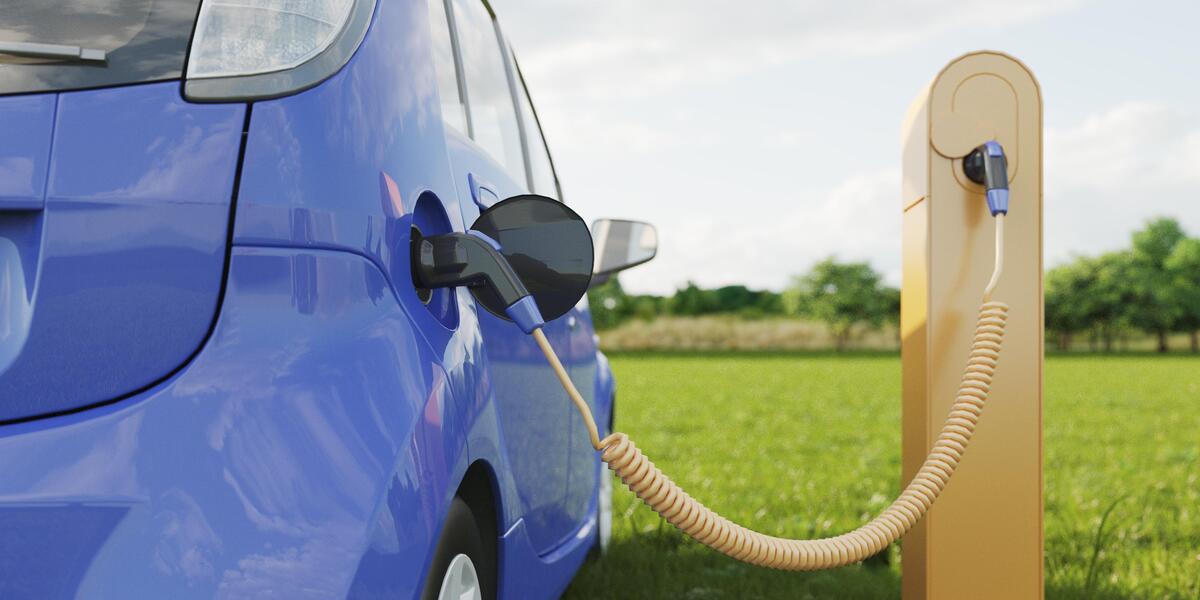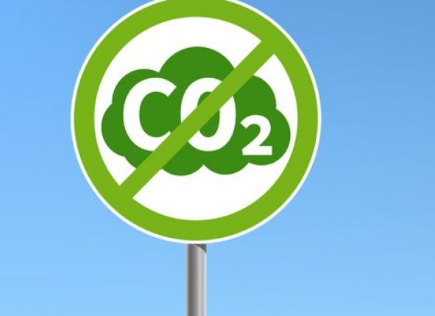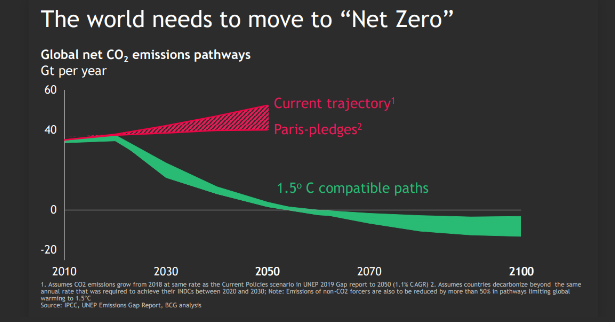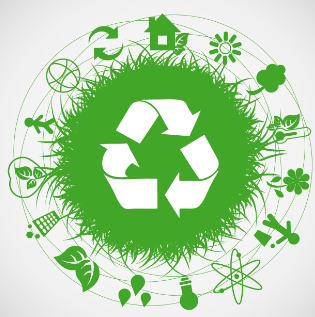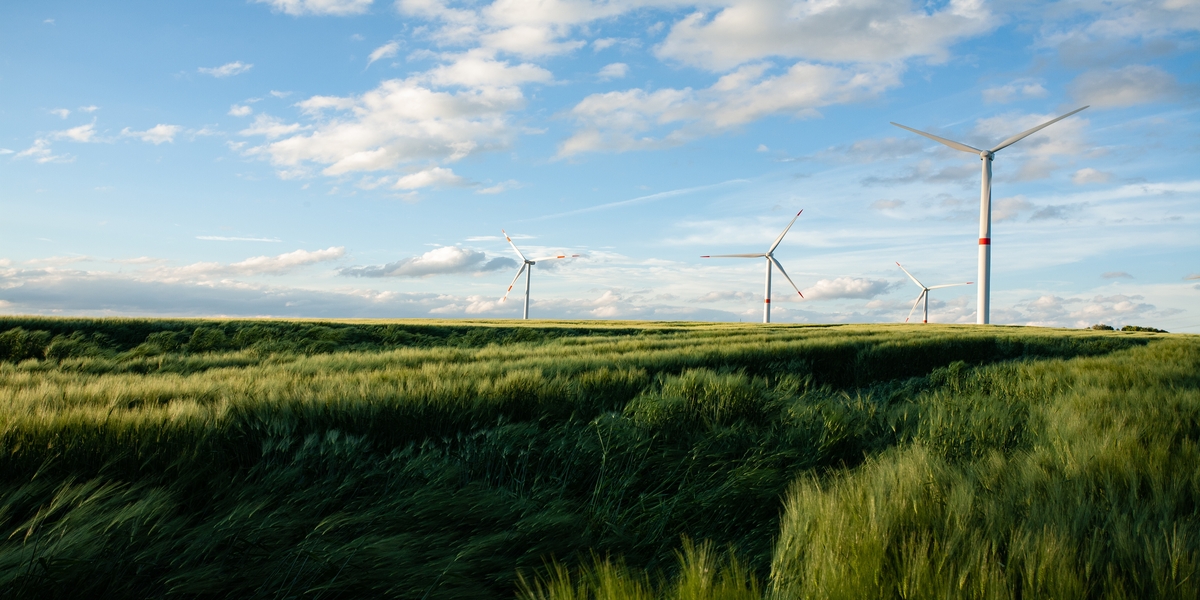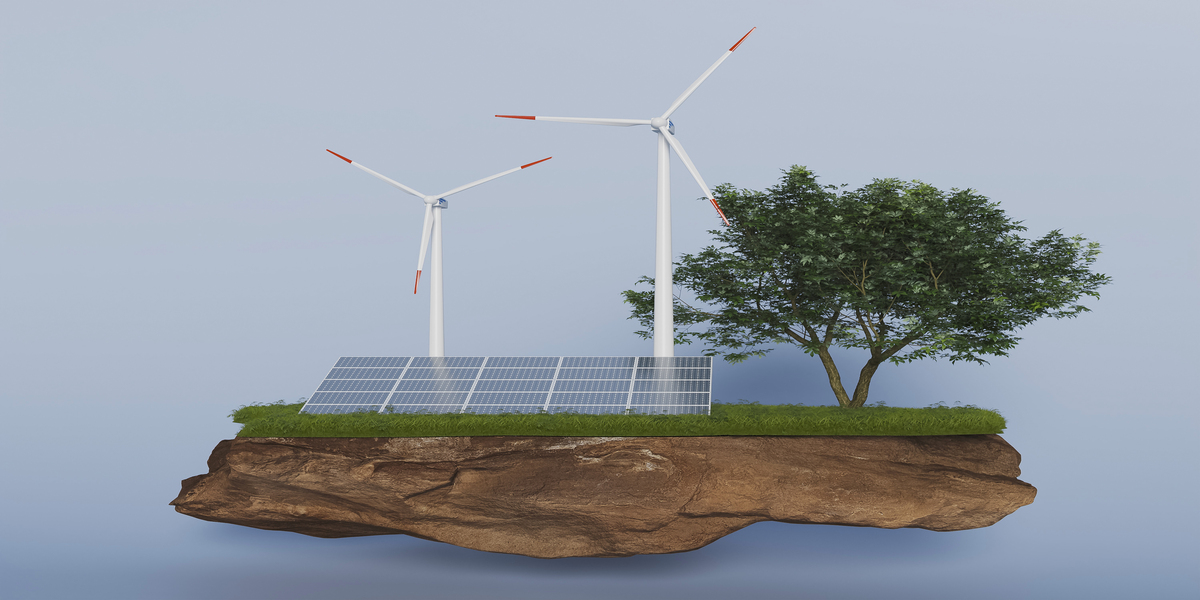Growing populations and rapid economic growth influence India’s rising energy consumption. India’s third-highest consumer of final energy is the road transport industry, which is virtually entirely dependent on petroleum oil. Nearly one-fifth of the nation’s import expenditure—more than four out of every five percent of crude petroleum—comes from imports. In 2018, India contributed around 7% of the world’s energy-related CO2 emissions, of which the transport industry was responsible for 13%. Alternative fuels have been researching in India for approximately 20 years to decarbonize the road transportation industry and solve energy security, efficiency, and air quality difficulties.
Electricity and biofuels can provide significant prospects for the near-term decarbonization of the road transportation industry. Hydrogen and compressed natural gas both have the potential to be essential players in this area throughout the short, medium, and long term.
Options and current situation for transportation’s alternative fuels
Alternative fuels, including biofuels (ethanol and biodiesel), CNG, methanol, electricity, hydrogen, etc., have been considering for development and use in India among the various choices. The Government of India (GoI)’s “Auto Fuel Policy, 2003” made several recommendations, including the use of CNG/LPG in cities with higher vehicular penetration, accelerating the development of battery electric, hydrogen, and fuel cell vehicles (FCV), and developing sustainable biofuel production technologies based on locally available resources as well as vehicles for their use.
Recent changes in the power mix of India, the evolution of shared mobility solutions that maximize the use of expensive transportation assets, and improvements in battery chemistries have all contributed to the favourable environment for the growth and adoption of electric mobility. The following sections contain information on the governmental actions implemented, particularly in India, to promote the development of various alternative fuels for use in road transportation and the advancements made compared to international successes.
Biofuels
Ethanol and biodiesel are the two main liquid biofuels produced and used worldwide. While corn, sugar cane, and other crops are primarily using to make ethanol, animal and vegetable oils, including used cooking oil (UCO) from kitchens, are using to make biodiesel. In addition, the production of hydro-treated vegetable oil (HVO) and hydro-treated esters and fatty acids (HEFA) from the same feedstocks used to make biodiesel for use as a diesel alternative is growing. Additionally, it anticipates that between 2023 and 2025, the average global biofuel production will increase to 182 BL.
Development in India
The GoI mandated the usage of exclusively non-edible oilseeds for biodiesel production to stop the gap between the demand and supply for edible vegetable oil in the nation from getting even more comprehensive. By adding ” additional states to the program in 2006, the requirement for the provision of E5 was expanding to a broader geographic spread of the nation. Due to the scarcity of ethanol, India experienced difficulties with its biofuel initiative, much like many other nations worldwide. India’s National Policy on Biofuels, enacted in 2009, permits the purchase of ethanol made from non-food feedstocks such as molasses, cellulose, and lignocellulose materials. By the end of 2017, the plan is to achieve the aim of 20% ethanol and biodiesel admixing in gasoline and diesel, respectively.
Compressed natural gas
In its compressed form, known as CNG is another form of alternative fuel. Natural gas mainly consists of methane, may be utilized in three-wheeled auto-rickshaws, vehicles, and municipal buses, and CNG pressure might be increased to 250 bar. The usage of CNG as an automotive fuel has advanced, and it is currently prevalent in many nations. CNG provides advantages over other fossil fuels in decreased CO, CO2, NOx, and particulate matter
emissions. Its widespread availability, compatibility with spark ignition (SI) and compression ignition (CI) engines, and inexpensive operating costs influence its acceptance.
As of December 31, 2019, over 28.54 million CNG-powered cars were operating worldwide, refuelling at 33,383 stations in more than 85 nations. According to the highest percentage of CNG-fueled automobiles, China, Iran, India, Pakistan, and Argentina are the top five nations.
Development in India
The adoption of a sizable number of CNG cars in India was possible by the local capability to make NG vehicles. The GoI’s favourable policy framework has also made it easier for people to acquire CNG automobiles. As of March 31, 2020, these initiatives have resulted in a combined stock of around 3.38 million CNG-fueled cars and the construction of 2207 CNG refuelling stations throughout 20 Indian states and four centrally managed territories. During 2019–20, these vehicles accounted for about 6.7% of all NG consumption. By 2030, 33 million CNG-powered cars and 10,000 CNG refuelling stations will be in India. Including imported LNG (33,680 MMSCM), India consumed 63,932 M metric standard cubic meters (MMSCM) of NG in 2019–20
Compressed Biogas
The anaerobic digestion of various wastes/biomass resources from agricultural, dairy, municipal sewage treatment facilities, solid waste from cities, etc., can result in the purified and compressed form of compact biogas (CBG). CBG is another alternative fuel for achieving dercarbonisation. It then mixes with NG or CNG or used as a CNG or LNG replacement to lessen reliance on imports. Regarding composition, energy content, and other characteristics, CBG is comparable to commercial NG and has a methane proportion above 0.95. India can produce 62 MTA of CBG from a variety of resources. 5,000 CBG system expects to install nationwide in stages by 2025 under the GoI SATAT program, which began in 2018. These systema anticipates to produce 15 MTA of CBG or around about 30% of NG consumption of 48.65 MTA in the country during 2019–20
Liquefied Petroleum Gas(LPG)
LPG, a propane and butane combination commonly referred to as “autogas” in some countries, may also used as a transportation fuel when not mixed. It is a fuel with comparatively low carbon emissions. Auto LPG is the world’s third most used automobile fuel, powering more than 27 million cars. Additionally, it is cost-effective for the user and extends engine life while lowering maintenance costs. With roughly 71,000 dispensing outlets, over 70 countries is using auto LPG.
Development in India
The Auto Fuel Policy, 2003 of the GoI proposed, among other measures, the use of these gaseous fuels in cities with a more significant population of automobiles after realizing the advantages associated with alternative fuels such as CNG and LPG. Additionally, in 2014, the GoI released the Auto Fuel Vision and Policy 2025, which provided a roadmap for a swift transition to the new emission standards specified in BS-IV throughout India.
Despite offering the user economic benefits and being more environmentally friendly than gasoline and diesel, auto LPG has only achieved limited success in India due to unfavourable policy frameworks for its expansion. Additionally, few auto LPG vehicles are made in Indi. And retrofitting auto LPG kits is preferred because this market is unregulated.
Methanol
Resources, including coal, NG, and biomass that can create syngas, is using to make methanol. Methanol is an efficient fuel that emits less NOx and PM pollutants than gasoline and no SOx emissions because it contains no Sulphur. For usage as an automobile fuel, it then combines with gas or used as a complete replacement. Methanol, however, is more corrosive than gasoline, may require significant infrastructure improvements for its storage and delivery, and is extremely dangerous to people if eaten. 2019 saw an estimated 98.281 MT of methanol produced globally. In which 19.777 MT was utilizing as an alternative fuel for blending with gasoline and combustion, manufacturing of biodiesel and dimethyl ether, and in fuel cells.
Development in India
India is still in the early stages of methanol production; in 2018–19, domestic production was just approximately 0.27 MT, compared to the installed production capacity of 0.47 MT. In 2019, it imported 2.3 MT of methanol. The majority of Indian methanol production now relies on imported NG. Thus, the country may use its substantial coal deposits to produce methanol to blend with gasoline or completely replace it. The ability to produce methanol might be increased using biomass, stranded gas, and high-ash coal from India. Coal India Ltd. is now putting up a factory using coal to produce 0.676 MT of methanol. In Assam, a trial program for cooking using canister-based methanol started in 2018.
Electricity for transportation
The two primary elements of the modern energy system are electricity and liquid fossil fuels, with electricity supplying very dense energy globally for various uses, including lighting, propulsion, refrigeration, communication, and computation. Electricity is a very efficient and clean energy source after the generating stage. Over 90% of electricity is using efficiently in motors to produce rotary motion for various everyday applications. Because of these characteristics, electricity is a crucial energy vector for movement.
The introduction of ICE-based cars and a lack of adequate infrastructure for power distribution and battery recharging, including the time required for recharging, were some of the causes that led to the end of the first golden era of EVs. In the past ten years, interest in EVs has once again risen due to concerns about vehicular emissions, climate change, and energy security being brought to the attention of policymakers and automakers. While the switch to electric mobility is still in its early stages in some nations, the adoption of EVs is accelerating in some of the world’s largest markets for personal vehicles due to falling battery prices and expanding EV charging infrastructure. Of different kinds, including cars, buses, taxis and shared vehicles, light commercial vehicles (LCV), two/three-wheelers and heavy-duty vehicles with short-range requirements such as urban deliveries.
Development in India
When Bharat Heavy Electricals Ltd hired to build an “Electra van” with 18 seats for usage in Delhi and other major cities, the introduction of electric mobility in India officially began in the early 1980s. About 200 of these vehicles developed and put on display. Eddy Current Control (India) Ltd. created the first electric vehicle in India in 1993. After that, electric three-wheelers/rickshaws, e-bikes, and a tiny electric automobile (Reva) get developed and used in 1996.
The National Electric Mobility Mission Plan (NMEPP) 2020 was created in 2012, and the Ministry of Heavy Industries and Public Enterprises, Government of India, launched the first phase of Faster Adoption and Manufacturing of (Hybrid &) Electric Vehicles (FAMHEV) in 2015 [80], [81]. With a budget of US$ 140.7 million, Phase-I of FAMHEV (also known as FAME-I in India) carried out from April 2015 to March 2019. Following that, FAMHEV-II (or FAME – II) launched in April 2019 for three years with a total allocation of US$ 135.86 million to promote e-2 Wheelers, e-3 Wheelers, e-4 Wheelers, 4W vigorous hybrids, and e-buses as well as the establishment of charging infrastructure. The amount of financial support for EVs depends on the battery’s capacity.
Hydrogen
In light of its potential to play a significant role in decarbonizing the transportation, industrial, and household sectors and thereby offering solutions to climate change-related issues with which the entire world has been grappling in recent years, hydrogen has been attracting a lot of attention from policymakers, environmentalists, researchers, automobile companies, and others. The most prevalent and lightest element in nature is hydrogen. Among all available fuels, hydrogen has the highest gravimetric energy content (120.7 MJ/kg), 2.7 times more calorific than gasoline. Additionally, it is environmentally friendly because it only emits water vapour when it is being used. Hydrogen has a lengthy history of use in energy-related applications.
Since 1975, the demand for pure hydrogen increased more than three times and predicted to reach more than 70 MT in 2018. Because it can lower GHG emissions, provide energy independence, and enhance the ambient air quality in the areas that choose to use it. Whereas Hydrogen is seen as an appealing energy source for vehicular applications.
Development in India
Since about 30 years ago, the Government of India has supported a wide range of R&D activities in the nation, realizing the significance of hydrogen for supplying the energy needs of the transportation sector and for distributed power generation. The Ministry of New and Renewable Energy (MNRE), GoI, created a National Hydrogen Energy Roadmap (NHER) in 2006, intending to accelerate the research and commercialization of hydrogen-based technologies in India. NHER focused on projects based on public-private partnerships to help with resource creation.
The primary goals were to outline the development, testing, and deployment of technologies for using hydrogen energy in the transportation and power-generating sectors and to make it possible to build the necessary infrastructure throughout the nation. It entailed concentrating on the growth of various links throughout the complete hydrogen energy value chain, from its production to its availability for ultimate use and resolving concerns linked to its safety and standards. Only a few sets of two-wheelers, three-wheelers, catalytic combustion cooking systems, small power generating systems, hydrogen internal combustion engines (HICE), and FC buses have been developing. These have only undergone limited field testing. Activities for developing hydrogen-fuelled vehicles (HFV), including hydrogen-compressed natural gas (H-CNG) and hydrogen-diesel dual fuel vehicles, got momentum in India after NHER came into existence.

